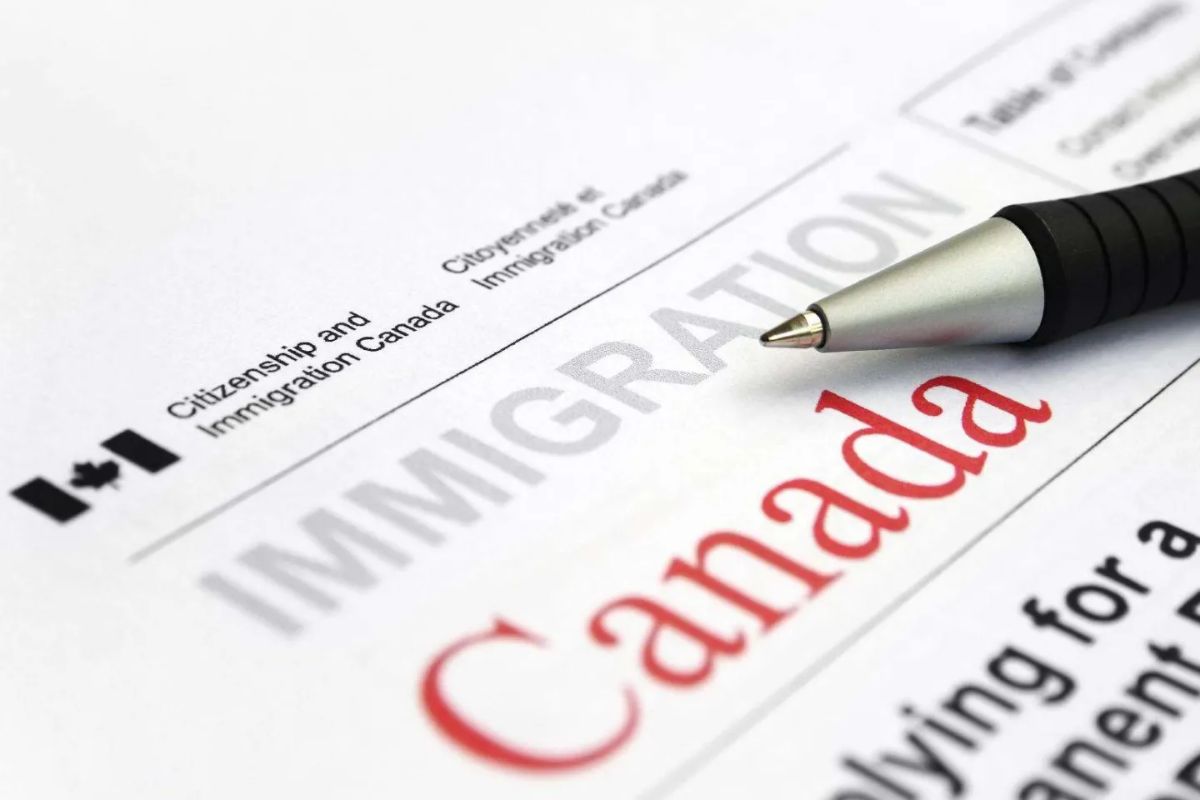Canada has officially revealed its Immigration Levels Plan for 2024-2026, which outlines the country’s targets for admitting new immigrants. This plan demonstrates Canada’s commitment to maintaining its immigration levels, aiming to welcome a significant number of newcomers over the next three years.
Canada’s Immigration Levels Plan 2024-2026
We’ll break down the key details of this plan, including target numbers, class breakdowns, and the government’s strategic approach to immigration.
1. Consistency in Immigration Targets
In 2024, Canada will maintain its commitment by targeting the admission of 485,000 new immigrants. In both 2025 and 2026, Canada is looking to welcome 500,000 new immigrants annually.
These targets remain unchanged from the previous Immigration Levels Plan 2023-2025.
2. Breakdown of Immigration Targets by Class
Economic Class: In 2024, Canada will admit around 281,135 immigrants under this class, comprising 58% of the annual target. By 2026, this number will increase to 301,250 immigrants, accounting for 60% of the annual target.
Family Class: In 2024, the target for this class is set at 114,000 immigrants, making up 24% of all admissions. By 2026, this number will rise to 118,000 immigrants, still representing 24% of all admissions.
Humanitarian Class: The target for humanitarian admissions will be 89,865 immigrants in 2024, constituting approximately 19% of all admissions. This category encompasses refugees, protected persons, and individuals admitted for humanitarian, compassionate, or other reasons. By 2026, the target will be 80,832 immigrants, making up 16% of all admissions.
Note: Figures may not add up to 100% due to rounding.
3. Express Entry and PNP Targets on the Rise
The Express Entry program aims to admit 110,700 permanent residents in 2024, with an increase to 117,500 immigrants annually in both 2025 and 2026.
The Provincial Nominee Program (PNP) will see a target of 110,000 immigrants in 2024, escalating to 120,000 in 2025 and maintaining the same number in 2026.
Spousal, Partner, and Children sponsorship intends to welcome 82,000 admissions in 2024 and sustain this number at 84,000 in both 2025 and 2026. Simultaneously, the Parents and Grandparents Program (PGP) is set to admit 32,000 immigrants in 2024, followed by 34,000 immigrants annually in 2025 and 2026.
4. Stabilizing Immigration Levels
The Canadian government’s decision to keep its targets unchanged is based on a strategy to support economic growth while addressing various pressures on areas like housing, healthcare, and infrastructure.
Starting in 2026, the government plans to stabilize permanent resident levels at 500,000, allowing time for successful integration and continued enhancement of Canada’s labour market.
The government also aims to recalibrate the number of temporary resident admissions to ensure sustainability within the immigration system.
5. Legal Framework and Purpose
Under the Immigration and Refugees Protection Act (IRPA), the federal government is mandated to release its annual immigration plan by November 1 in non-election years.
The Immigration Levels Plan serves as a guiding document for the number of new permanent residents admitted to Canada over the next three years across economic, family, and humanitarian classes.
This plan aligns with the mission of Immigration, Refugees and Citizenship Canada (IRCC) to strengthen Canada’s economy, reunite families, and provide a safe haven for those escaping oppression and humanitarian crises.
6. Canada’s Immigration History and Current Context
Canada’s immigration strategy has evolved over the years, with a focus on planning for future immigration, shifting from targeting the economy of the day.
In 2022, Canada welcomed a record-breaking 437,000 new immigrants, and the target for permanent resident admissions in 2023 is 465,000.
Despite affordability challenges and housing shortages, Canada maintains high immigration targets due to the need for skilled labour, low birth rates, and the impending retirement of Canadian workers.
Statistics Canada’s recent estimate shows that newcomers are responsible for 98% of Canada’s population growth. In July 2023, there were 701,300 vacant jobs in Canada, emphasizing the need for skilled immigrants to fill labour gaps.
7. New Strategy for Canada’s Immigration System
The Immigration Levels Plan 2024-2026 follows the unveiling of a new strategy to modernize Canada’s immigration system, aiming to:
- Create a more welcoming experience for newcomers.
- Align immigration with labour market needs.
- Develop a comprehensive and coordinated growth plan involving all levels of government.
8. Quebec’s Immigration Plan
Quebec, with its unique status, shapes its annual permanent resident admissions targets to preserve its distinct francophone character. Quebec plans to welcome 50,000 new immigrants in 2024 and an additional 50,000 in 2025.
FAQs Answered
Why is Canada keeping its immigration targets unchanged?
The Canadian government is keeping its immigration targets unchanged because it believes that this level of immigration is necessary to support economic growth and balance the pressures in areas like housing, healthcare, and infrastructure.
What is Canada’s new immigration strategy?
The Canadian government recently unveiled a new immigration strategy that has three major goals:
- Create a more welcoming experience for newcomers
- Align immigration with labour market needs
- Develop a comprehensive and coordinated growth plan
How did Canada’s immigration strategy evolve over time?
Canada’s immigration strategy began to shift toward its current form in the late 1980s. Before this, the government did not place as much emphasis on planning for future immigration and generally set immigration targets based on the economy of the day.
Why is Canada maintaining high immigration targets?
Canada is maintaining high immigration targets because of a shortage of skilled labour in the face of a low birth rate and the impending retirement of millions of Canadian workers as they reach 65.
Conclusion
Canada’s Immigration Levels Plan 2024-2026 is ambitious, but it is necessary to support the country’s economic and social needs. The government’s new immigration strategy is focused on creating a more welcoming experience for newcomers, aligning immigration with labour market needs, and developing a comprehensive and coordinated growth plan.
Follow and connect with us on Facebook, Twitter, LinkedIn, Instagram and Google News for the latest travel news and updates!





